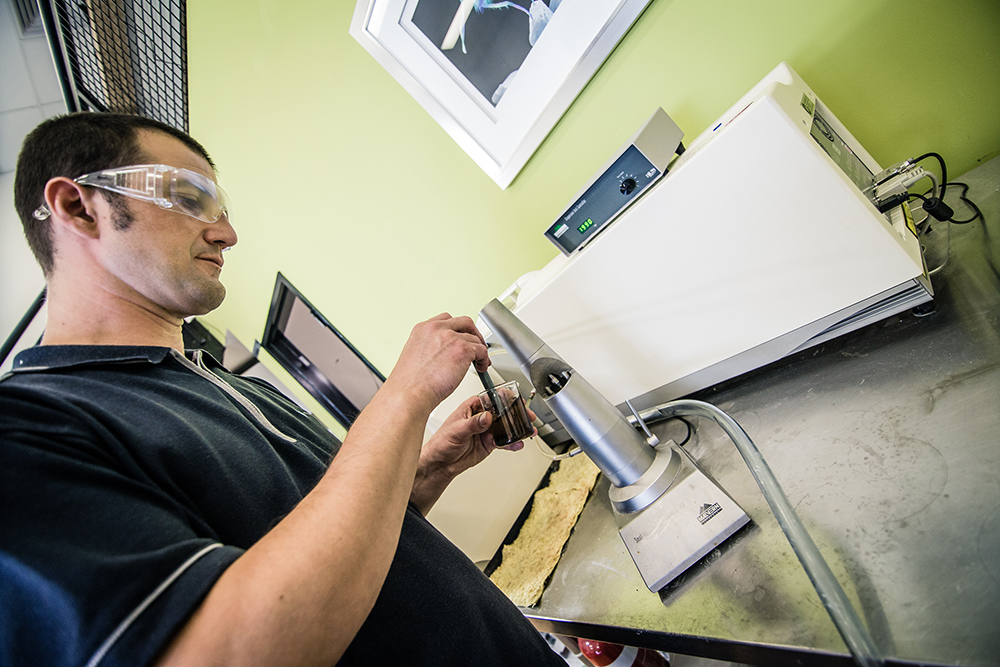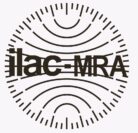The instrument used is a Malvern Instruments Mastersizer MS2000.
Any material present in the sample greater than 500 µm in diameter has to be manually sieved out of the sample prior to analysis by laser diffraction. This is conducted because of the limitation of the instrument to representatively suspend particles larger than this size, especially if the density is > 2.65 g/cc. If particulates > 500 µm are present, a representative sub-sample is sieved at the requested size fraction/s, dried, weighed and the mass percentage calculated and entered back into the Malvern Instruments’ reported size distribution.
If no particulates (or a small fraction ie < 5% ) greater than 500 µm are present, subsampling is dependent on whether the sample is received wet or dry:
- for dry powders a representative subsample (0.25 – 2.00g by rotary riffler) is taken and dispersed in approximately 75mL of 1000ppm sodium hexametaphosphate (Calgon) using a Cole-Palmer 8851 (or equivalent) ultrasonic bath for 20 minutes.
- for wet samples a representative subsample is taken and dispersed in 1000ppm sodium hexametaphosphate (using the same bath) for 10 minutes to give an end concentration appropriate for the optimal operation of the laser diffraction equipment.
This ‘dispersed’ subsample is then homogenised before being dispensed into the sample presentation chamber of the Malvern Mastersizer. Dispersion, disaggregation and deagglomeration can be discretionally applied depending on the clients’ requirements. Sonication series may also allow relative agglomeration strength to be determined between samples.
The optical properties (refractive index, absorption coefficient) of the particulate material is set at an appropriate value for the supplied sample.
The sample is analysed in the diffraction system using a single optical lens with two laser light sources one at 632 nm and the other at 405 nm. This gives two size ranges of data which the software blends together to give the reported size distribution of 20 nm to 2 mm.
A laboratory standard is analysed on a monthly basis to ensure correct operation of the instrument electronics. Secondary standards are analysed weekly.
Optically, calibration is not required as diffraction is a first order principle and is intrinsic in nature.







